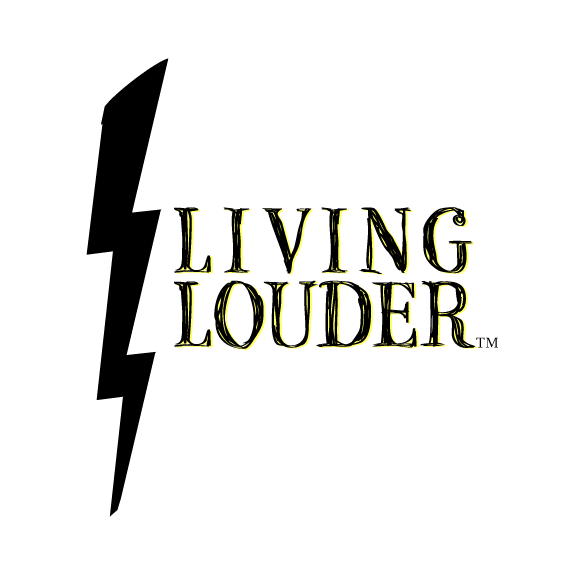


Drawing I, Drawing II, Illustration Foundations & Moving to Animation
Suggested starting age for all classes is 10 years old
Suggested starting age for all classes is 10 years old
Drawing I
In this introductory drawing class students learn the correct methods and techniques necessary to create successful drawings. This class focuses on contour drawing, shadow mapping, negative space, angles and scale. If you have never drawn, if you cannot draw, or even if you feel good about your work, then this class is for you. Anyone can draw! While it comes natural to some, it is a learned skill everyone can work on, improve and grow just like math, English, or most other subjects. Do not allow bad past experiences or fear of failure to
discourage you. Start your drawing journey today!
In this introductory drawing class students learn the correct methods and techniques necessary to create successful drawings. This class focuses on contour drawing, shadow mapping, negative space, angles and scale. If you have never drawn, if you cannot draw, or even if you feel good about your work, then this class is for you. Anyone can draw! While it comes natural to some, it is a learned skill everyone can work on, improve and grow just like math, English, or most other subjects. Do not allow bad past experiences or fear of failure to
discourage you. Start your drawing journey today!
Drawing II
Prerequisite: Drawing I or equivalent
This class expands on the skills and techniques started in Drawing I to further develop them and to begin a study of more diverse drawing mediums.
Prerequisite: Drawing I or equivalent
This class expands on the skills and techniques started in Drawing I to further develop them and to begin a study of more diverse drawing mediums.
• expands on the human figure
• study of bone and muscle structure
• focuses on more complex subject matter and detail
• introduces color and various mediums such as ink and chalk
• expands on principles of composition and design
• continues the study master artwork
• study of bone and muscle structure
• focuses on more complex subject matter and detail
• introduces color and various mediums such as ink and chalk
• expands on principles of composition and design
• continues the study master artwork
Illustration Foundations
Prerequisite: Drawing I or equivalent
Illustration focuses drawing skills on a more specific purpose. Many people think of illustrators as the people who put the pictures in books, which is true. However, this class explores the illustrator job more closely and exposes students to the many opportunities open in this field. Illustrators do not just draw. Illustrators often help capture a feeling, a meaning, or a principle more effectively than pages of text. There are many types of illustrators including editorial, political, scientific, medical, product, fashion, story board, technical and, of course, the children’s book illustrator. This class studies the skills and techniques necessary to become a successful illustrator.
Prerequisite: Drawing I or equivalent
Illustration focuses drawing skills on a more specific purpose. Many people think of illustrators as the people who put the pictures in books, which is true. However, this class explores the illustrator job more closely and exposes students to the many opportunities open in this field. Illustrators do not just draw. Illustrators often help capture a feeling, a meaning, or a principle more effectively than pages of text. There are many types of illustrators including editorial, political, scientific, medical, product, fashion, story board, technical and, of course, the children’s book illustrator. This class studies the skills and techniques necessary to become a successful illustrator.
• subject development
• mind mapping
• mood boards
• environment
• book embellishments
• mind mapping
• mood boards
• environment
• book embellishments
Moving to Animation
Prerequisite: Drawing I or Illustration
Animation is a course to help students get their drawings moving. At least, to give their drawings the illusion of movement. Everyone is familiar with animation. Some might call animation cartoons. Others might say Anime. Both would be correct, but those two are only a small example of what animation is used for today. This class explores one of the earliest uses of animation and helps students learn the skills and techniques necessary to develop characters and to draw them in various stages to create the illusion of motion when viewed sequentially. This course is intended for traditional paper and pencil, but it builds on the foundation that is still in use in today’s digital world.
Prerequisite: Drawing I or Illustration
Animation is a course to help students get their drawings moving. At least, to give their drawings the illusion of movement. Everyone is familiar with animation. Some might call animation cartoons. Others might say Anime. Both would be correct, but those two are only a small example of what animation is used for today. This class explores one of the earliest uses of animation and helps students learn the skills and techniques necessary to develop characters and to draw them in various stages to create the illusion of motion when viewed sequentially. This course is intended for traditional paper and pencil, but it builds on the foundation that is still in use in today’s digital world.
Subjects & Concepts Covered (varies by class)
• character development
• study of motion
• environment
• texture & lighting
• creating frames
• study of master animation
• character development
• study of motion
• environment
• texture & lighting
• creating frames
• study of master animation







